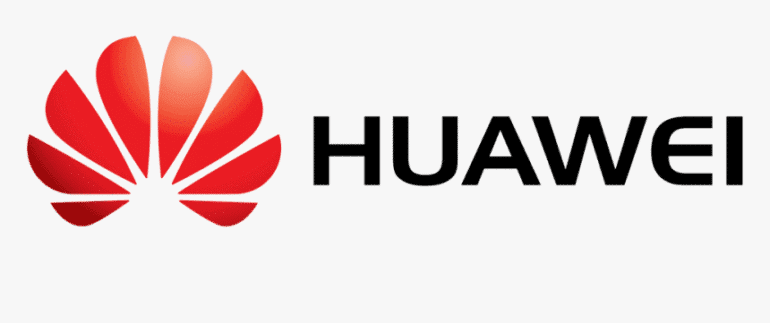The popularization of 5G has allowed for informatization and AI integrations into every facet of society. IT companies have started to use CT communication networks to develop various applications. It is clear that ICT convergence is an inevitable trend. This transformation raises diversified requirements for the power supply and backup of the original sites and equipment rooms. Telecom energy needs to support the power supply, backup power assurance, heat management, space management, and cabling management of both CT and IT devices, and will also face new challenges in O&M.
Table of Contents
Trend 6: AI Collaboration
Key point: NE and AI collaborated modeling achieves optimal TCO for energy networks.
The increase in 5G sites and power consumption leads to high O&M and energy costs, hindering the rapid popularization of 5G. AI collaboration technology will be crucial to solving this problem.
Trend 7: Full-Stack Simplified
Key point: simplified end-to-end and full-lifecycle energy networks
In the future, connections will be ubiquitous, more and more spectrums will be put into use, and sites will be more densely constructed. In the 5G era, energy systems from sites to bearer networks and core networks will become increasingly large and complex, requiring simplified deployment and TCO control.

